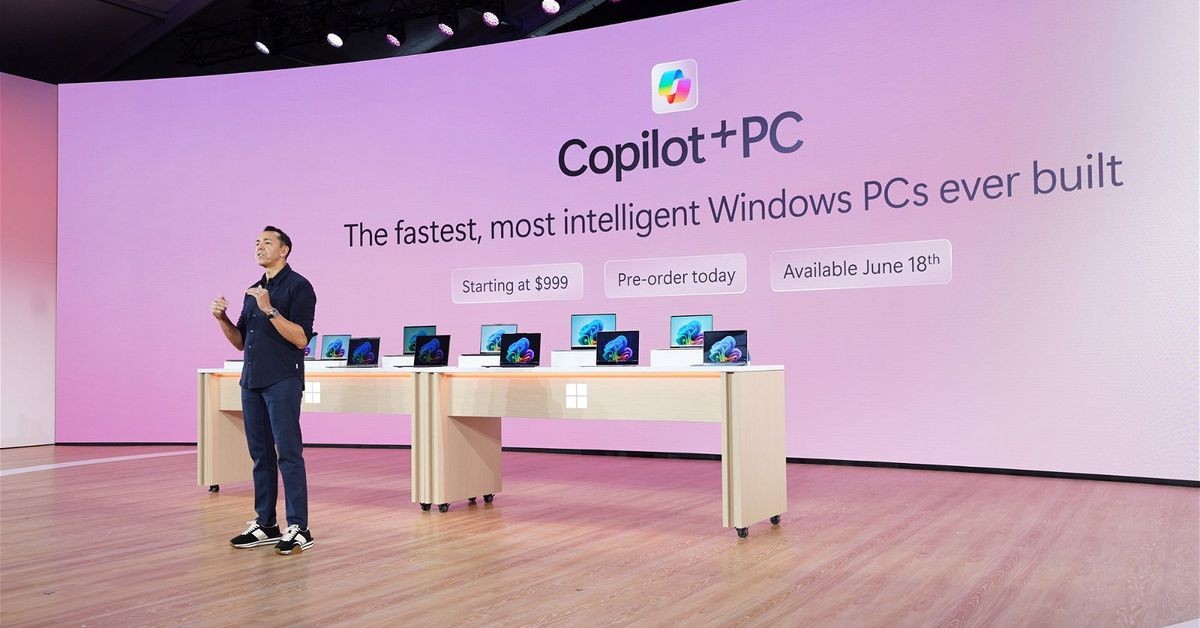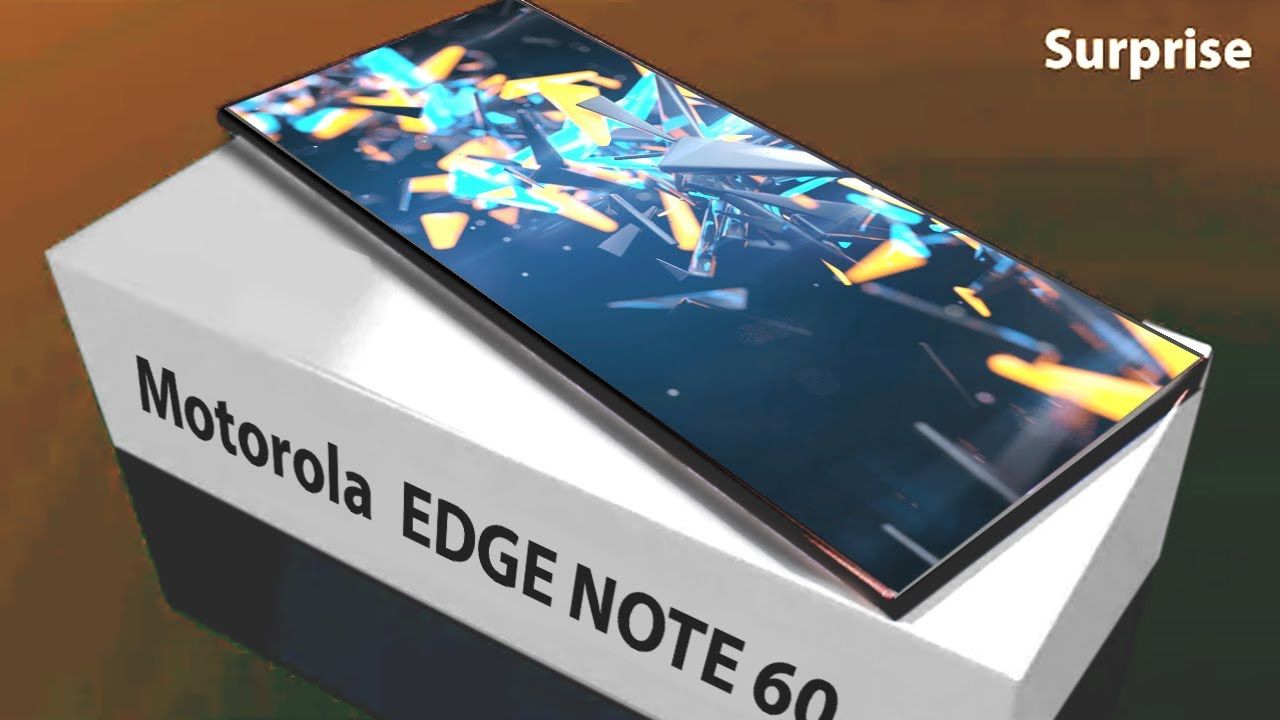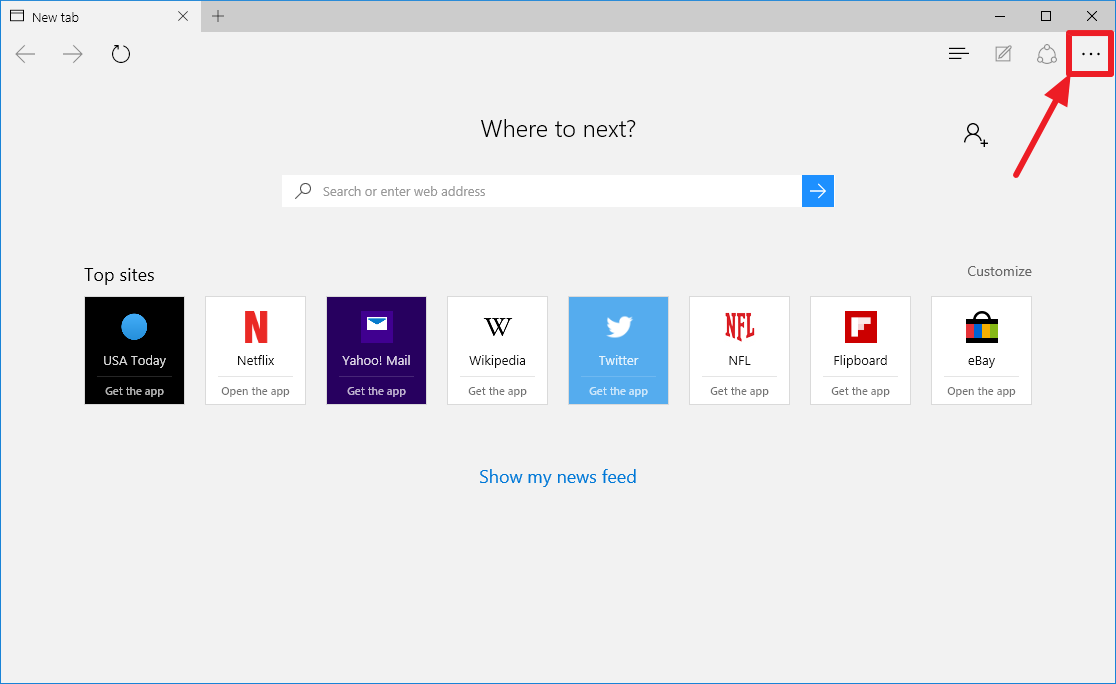


Google has unveiled its latest advancements in AI technology at the Google I/O event, including the new Project Astra. With Astra, Google aims to compete with OpenAI's GPT-4o by offering a sophisticated model capable of understanding and generating content across various modalities. Google also showcased other new models within its Gemini portfolio, addressing the growing demand for speed and efficiency in AI operations. These advancements solidify Google's position as a leading force in the AI industry and set the stage for a head-to-head competition with OpenAI.
Google Unveils Project Astra: A Rival to OpenAI's GPT-4o
At the Google I/O event, Google unveiled its latest advancements in AI technology, including the highly anticipated Project Astra. This new model is designed to compete with OpenAI's GPT-4o, offering a sophisticated AI capable of understanding and generating content across various modalities.
Background: Google's AI Journey
Google has a long history of pioneering AI advancements. In recent years, the company has invested heavily in developing large language models (LLMs), such as BERT, MUM, and Gemini. These models have demonstrated impressive performance in a wide range of tasks, including natural language processing, image generation, and search.
Project Astra: A State-of-the-Art LLM
Project Astra is Google's latest and most advanced LLM. It is trained on a massive dataset of text and code, enabling it to understand and generate content with high accuracy and coherence. Astra's capabilities extend across various modalities, including text, code, images, and video.
Competition with OpenAI's GPT-4o
GPT-4o is OpenAI's latest and most powerful LLM. It has been generating significant buzz in the AI community due to its impressive performance on tasks such as question answering, dialogue generation, and creative writing. Google's release of Project Astra signals a direct challenge to OpenAI's dominance in the LLM market.
Additional Advancements from Google
Alongside Project Astra, Google also showcased other new models within its Gemini portfolio. These models are designed to address the growing demand for speed and efficiency in AI operations. For instance, Gemini Models are optimized for inference latency, allowing for faster responses from AI applications.
Top 5 FAQs and Answers
1. What is the difference between Project Astra and GPT-4o?
Astra and GPT-4o are both LLMs, but they may differ in terms of specific capabilities, training datasets, and performance benchmarks. Detailed comparisons will likely emerge as more information becomes available.
2. Which model is more powerful, Astra or GPT-4o?
It is difficult to determine which model is more powerful without direct comparisons. The relative strengths and weaknesses of each model will likely depend on the specific tasks being evaluated.
3. Will Project Astra be available to the public?
Google has not yet announced the availability timeline for Project Astra. It is possible that the model may be released through APIs or other platforms in the future.
4. What are the potential applications of Project Astra?
Project Astra could have a wide range of applications, including content creation, search enhancement, dialogue systems, and code generation.
5. How will this competition between Google and OpenAI impact the AI industry?
The competition between Google and OpenAI is likely to accelerate the development and adoption of LLMs. It could also lead to new advancements and innovations in the field of AI.

Samsung has launched the new Galaxy Tab S10 FE and Galaxy Tab S10 FE+, boasting bigger displays and advanced AI features for smarter work and creativity. The FE+ version has a 13.1-inch screen, making it the largest FE tablet to date, with slimmer bezels for an immersive experience. The tablets will be available in select markets from April 3 in three color options. Don't miss out on the launch, visit Samsung's official website for more details.

With an increasing need for efficiency in managing social media, automation tools have become crucial. Here is a list of 13 top Twitter automation tools for 2025, including their features and costs. From IFTTT's automation to CrowdFire's management options, these tools offer scheduling, analysis, and engagement features. With plans ranging from free to $249 per month, there is a tool for every individual and business needs.

Following a technical glitch on UPI causing payment disruptions on various platforms including Google Pay and Paytm, the issue has now been resolved. The National Payments Corporation of India (NPCI) confirmed that there were intermittent technical issues, and users took to social media to react with hilarious memes. One meme features actor Pankaj Tripathi with a disappointed expression, while another shows friends washing dishes at a restaurant because they couldn't pay via UPI.

The Mira-Bhayandar-Vasai Virar police in Maharashtra has introduced a cutting-edge method to gather public feedback through Quick Response (QR) codes. This initiative, in line with the state's seven-point agenda, aims to bring more transparency to the police department by replacing traditional feedback methods with a digital system. Visitors to police stations and other service-related departments can now scan the QR-code, access a detailed questionnaire, and provide feedback on various parameters. This technologically advanced system, launched by the MBVV police chief in the presence of other officials, will help in identifying shortcomings and improving the overall efficiency of the police stations.

Microsoft has announced the expansion of AI features to Copilot+ PCs powered by Intel and AMD chipsets. This includes popular features such as Live Captions, Cocreator, Restyle Image, and Image Creator. The company has also added new capabilities to Voice Access for Snapdragon X series chipsets, with plans to roll it out to Intel and AMD-powered devices later this year. These updates are part of the March 2025 Windows non-security preview update, and will improve the overall user experience for Copilot+ PC users.

The long-awaited Motorola Edge 60 Fusion has finally arrived in India, boasting flagship-level features and towering performance capabilities. Available in two storage variants, the phone offers up to 12GB of RAM and 256GB of storage, with three vibrant color options. But the real standout is its impressive camera setup and powerful battery, making it a strong competitor in the mid-range flagship market. The Motorola Edge 60 Fusion comes packed with top-of-the-line features, including a stunning 6.7-inch all-curved pOLED display with a 120Hz refresh rate and Water Touch 3.0 support. It also sports a MediaTek Dimensity 7400 SoC and promises three years of Android OS upgrades. Additionally, with Moto AI features, dual stereo speakers, and Dolby Atmos support, this phone promises to enhance your overall smartphone experience.

Microsoft has taken a step towards improving the user experience of Edge browser by addressing the issue of a bloated menu. In the latest version, Edge Canary, the menu has been rearranged and features like collections, apps, and browser essentials have been moved to the "More tools" option, making the menu smaller and easier to navigate. Users can also now easily access features like Extensions and update their privacy and appearance settings. These changes aim to make the user's browsing experience smoother and more user-friendly.

OpenAI, an AI giant, has announced their latest project and is seeking feedback from developers, researchers, and the broader community. The upcoming open language model will be released in the near future, and developers will have the opportunity to attend feedback sessions and play with early prototypes. This open-weight model will allow users to modify digital neurons and could potentially change the model's associations and emphasis. OpenAI CEO, Sam Altman, stated that they have been thinking about this model for a long time and are now ready to prioritize its development with the help of the community.

Realme has released its latest budget-friendly 5G smartphone, the Realme 14 5G, with impressive features like 12GB RAM, a Snapdragon 6 Gen 4 processor, and an advanced cooling system. With its sleek design and gaming-centric features like GT Gaming Boost Mode and liquid cooling, this phone is a great choice for tech-savvy gamers. It also boasts a 6.67-inch FHD+ display with a 120Hz refresh rate and up to 512GB of storage space. Running on Realme UI 6 and equipped with a 6000mAh battery and IP ratings for durability, the Realme 14 5G offers a powerful and reliable user experience.

Imagine having a gadget that could understand and respond like a real person, with the ability to access and process vast amounts of information. Apple's co-founder, Steve Jobs, envisioned this idea back in 1983, as seen in a rare video from the Steve Jobs Archive. During the International Design Conference, Jobs spoke about the potential of revolutionary AI technology and its impact on society in the next few decades. Little did he know that his prediction would become a reality with the launch of the Macintosh in 1984 and the iPhone in 2007. This rediscovered footage provides a glimpse into Jobs' ability to foresee and shape the future of technology.